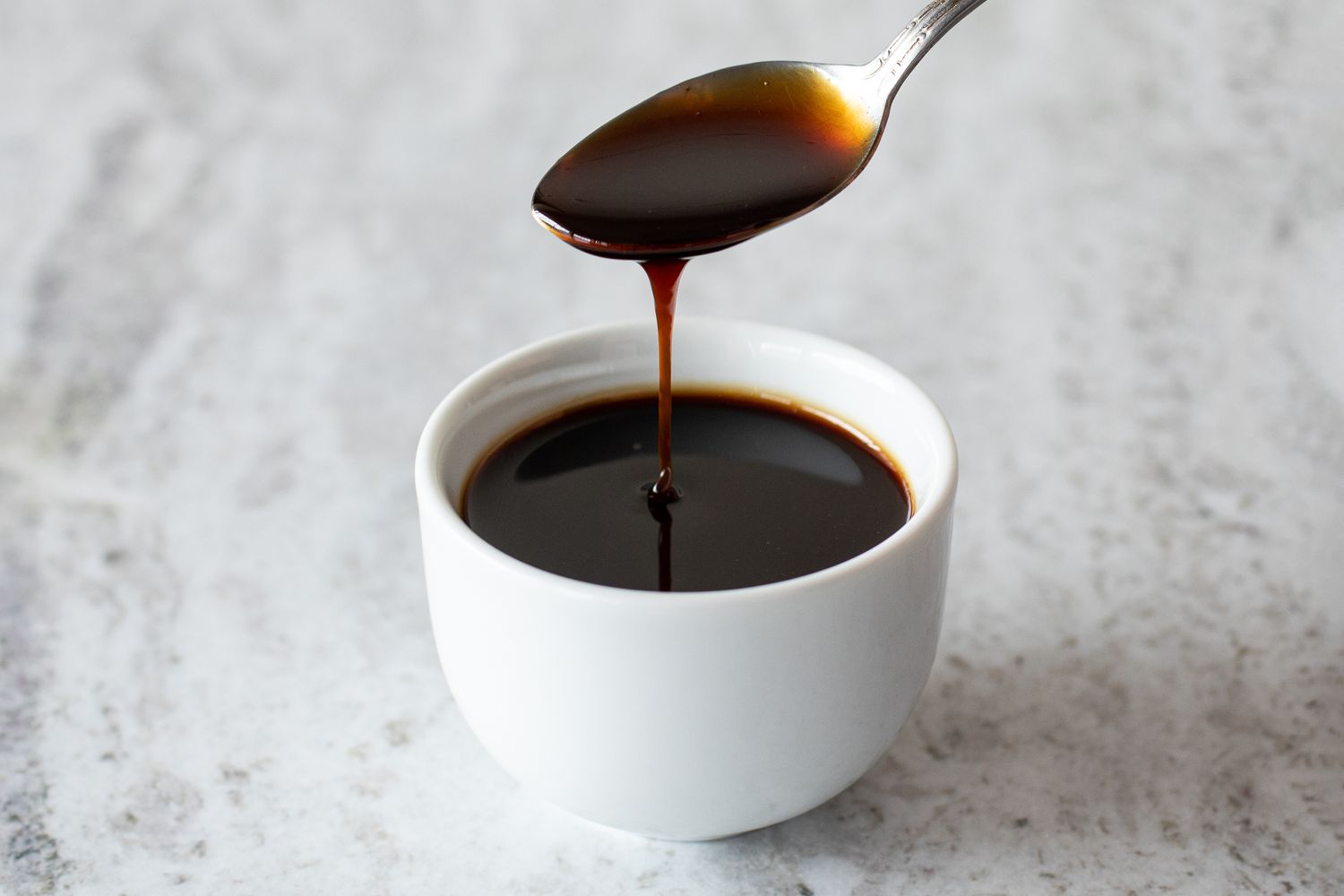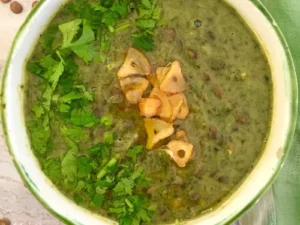In the realm of sweeteners, molasses stands as a testament to the richness and depth that nature can offer. Derived from the process of refining sugarcane or sugar beets, molasses is not just a sweetener; it’s a complex elixir that carries within its dark, viscous depths a treasure trove of flavors, nutrients, and historical significance. In this exploration of molasses, we will unravel the layers of this liquid gold—its production, varieties, nutritional benefits, and the cultural threads that weave it into the fabric of both culinary traditions and holistic well-being.
1. The Genesis of Molasses: A Residue of Sweet Transformation
Molasses finds its origins in the sugar extraction process, a journey that begins with the cultivation of sugarcane or sugar beets. After the initial pressing to extract juice, the liquid undergoes a series of boiling and extraction stages, resulting in the gradual concentration of the sweet syrup. As the sugar crystals are separated, what remains is molasses—a byproduct that encapsulates the essence of the plant from which it is born.
2. Varieties of Molasses: A Spectrum of Flavors
Molasses isn’t a one-size-fits-all entity; rather, it presents itself in a spectrum of varieties, each with its distinct flavor profile. The first extraction, known as light molasses, carries a mildly sweet taste with a touch of bitterness. As subsequent extractions occur, the molasses darkens and intensifies in flavor, leading to dark and blackstrap molasses. Dark molasses boasts a robust, caramel-like taste, while blackstrap molasses, the most concentrated and nutrient-rich, offers a deep, bittersweet complexity.
3. Nutrient Laden: Unveiling the Healthful Bounty
Beyond its role as a sweetening agent, molasses distinguishes itself by the wealth of nutrients it harbors. Rich in vitamins and minerals, particularly iron, calcium, magnesium, and potassium, molasses serves as a wholesome addition to the culinary landscape. The presence of these micronutrients contributes not only to the flavor but also to the nutritional depth of dishes that incorporate molasses.
4. Cultural Tapestry: Molasses in Culinary Traditions
Molasses isn’t just an ingredient; it’s a cultural thread woven into the culinary traditions of various societies. In the United States, it plays a pivotal role in the creation of classic dishes like gingerbread cookies, baked beans, and molasses cookies—a testament to its versatility. Similarly, in the Caribbean and the Middle East, molasses finds its way into savory and sweet delicacies, offering a complex sweetness that elevates the dining experience.
5. Holistic Well-Being: Molasses as a Nutrient Powerhouse
Delving into the nutritional profile of molasses reveals its potential as a nutrient powerhouse. Iron, essential for blood health, is present in notable amounts. Calcium and magnesium contribute to bone health and overall well-being, while potassium supports cardiovascular health. The combination of these elements positions molasses not just as a sweetening agent but as a holistic contributor to the nutritional panorama.
6. Culinary Alchemy: Molasses in Modern Kitchens
In the contemporary culinary landscape, molasses has transcended its historical confines to become a staple in modern kitchens. Its deep, complex flavors and nutritional richness make it a sought-after ingredient in both sweet and savory dishes. From glazes for roasted vegetables to decadent desserts, molasses adds a layer of sophistication and depth, transforming ordinary dishes into extraordinary culinary experiences.
7. Mindful Consumption: Embracing Molasses in Moderation
While molasses brings a plethora of flavors and nutrients to the table, mindful consumption is key. Its concentrated sweetness suggests that a little can go a long way, and incorporating it into a balanced diet ensures that its benefits are savored without overwhelming the palate or tipping the scales on sugar intake.
8. A Sweet Symphony: Molasses in Reflection
In the symphony of sweeteners, molasses emerges as a unique melody—an intricate composition that resonates with depth, complexity, and a historical resonance that stretches across cultures and time. From its humble origins in sugar production to its role as a nutrient-rich culinary companion, molasses invites us to savor not just its sweetness but the multifaceted layers that enrich both our palates and our understanding of the bountiful gifts nature provides.
Conclusion: Molasses, a Liquid Legacy
As we conclude this exploration of molasses, we find that it’s more than a sweetener; it’s a liquid legacy—a tapestry woven with threads of history, flavor, and nutritional abundance. Whether it’s drizzled over pancakes, incorporated into a savory glaze, or blended into a velvety dessert, molasses brings with it a story that transcends the confines of the kitchen. It’s a reminder that, in the embrace of nature’s offerings, we discover not only delightful tastes but also a connection to the traditions that have shaped our culinary landscapes for generations. So, let molasses be more than a condiment; let it be a journey into the heart of sweetness, where every drop carries the echoes of a rich and flavorful past













